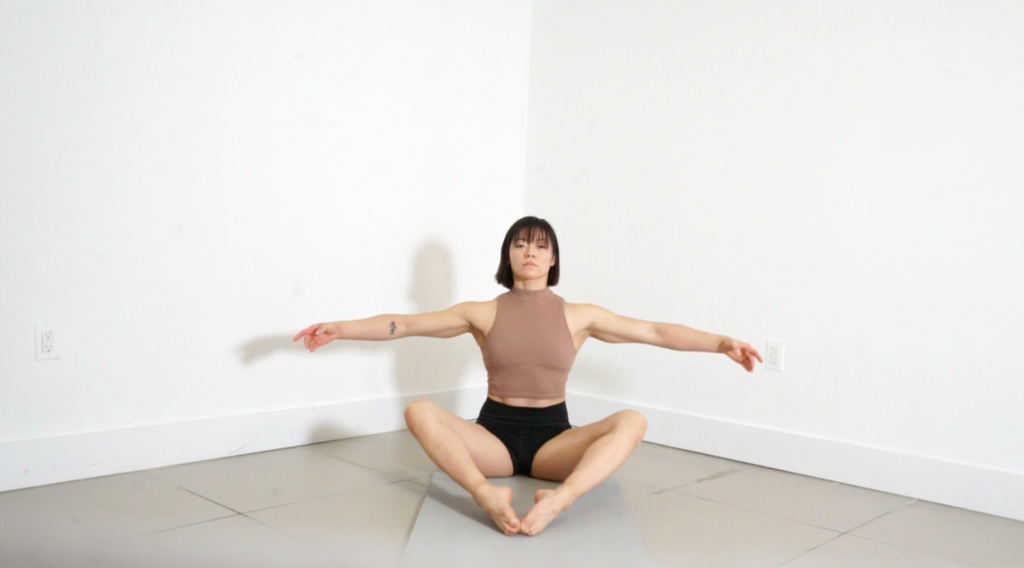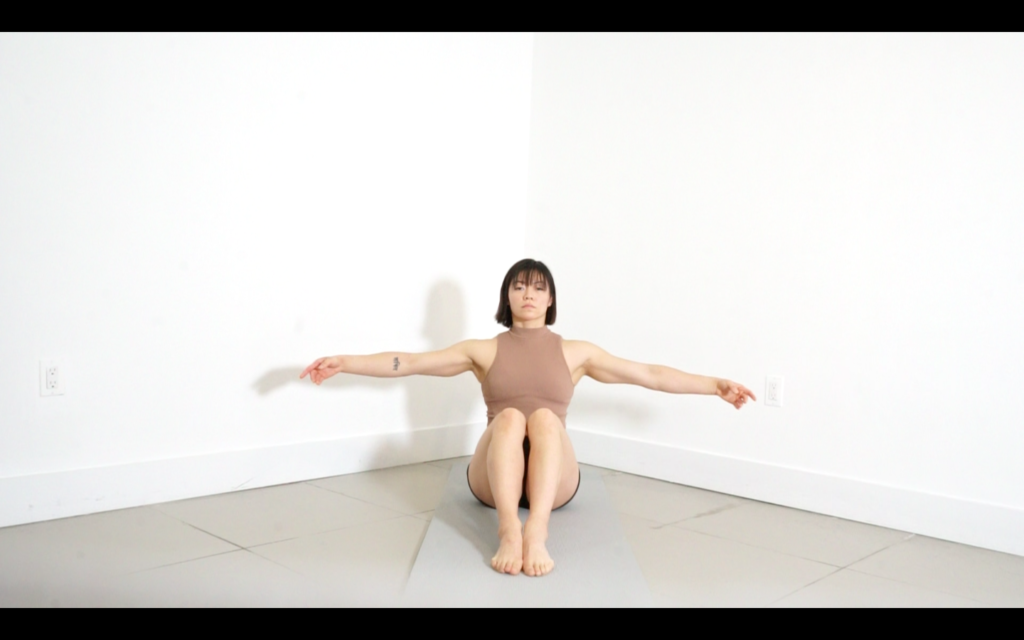
If there’s one lesson Annette T. Thomas wants her students to take away from their time together, it’s that the “process is beautiful. In the arts, especially classical ballet, you can’t rush things,” she says. “The process is the details that make for fine art. In moving through the process, we create the artist.”
That dedication to careful process rather than quick results comes from a background steeped in the philosophies of Russian ballet teacher Agrippina Vaganova. Thomas’ early dance training included working with Maria Nevelska, of the Bolshoi Ballet. Thomas’ mother, the performer Mika Mingo, also studied Vaganova technique and pedagogy, and when Thomas began to express an interest in teaching as a teen, Mingo shared what she’d learned from master teacher John Barker.
Mingo died suddenly when Thomas was 17, and Thomas says it took about a decade for her to find her footing in the aftermath. When she returned her focus to ballet, it was as a teacher in mostly recreational settings, though she did launch the Russian Ballet Program at Brookfield Center for the Arts (now Brio Studios) in Brookfield, Wisconsin. For years, her pedagogy was self-taught: “I studied as much material as I could get my hands on,” she says. “Books, videos and talking with Russian teachers.” Then, in 2005, Thomas had the opportunity to study with Dr. Peggy Willis-Aarnio, the first American ballet teacher to be certified by the Vaganova Academy in St. Petersburg, Russia. From Willis-Aarnio, Thomas received her Pedagogical Certification for the Teaching of Classical Ballet in Vaganova Levels 1 and 2.
Meanwhile, in the 1990s, Thomas had found a second calling: teaching ballet to figure skaters. “My mother was a skater as well as a dancer,” she says, “and she’d talked about the benefits of ballet for skaters, such as improving grace and stability.” Thomas discovered that while many skating clubs offered dance training, “few people understood the biomechanics behind it.” So, she decided to create her own curriculum, which brought together rigorous classical ballet technique, an understanding of the parallels between ballet and skating, and knowledge of anatomy and the physics of movement, both on and off the ice. In 1999, Thomas launched an educational website, BalletforFigureSkaters.com. In 2006, she published her first book on the subject, Fundamentals of Alignment and Classical Movement for Figure Skaters. Another book, Lessons in Classical Ballet for the Figure Skater, followed in 2011.
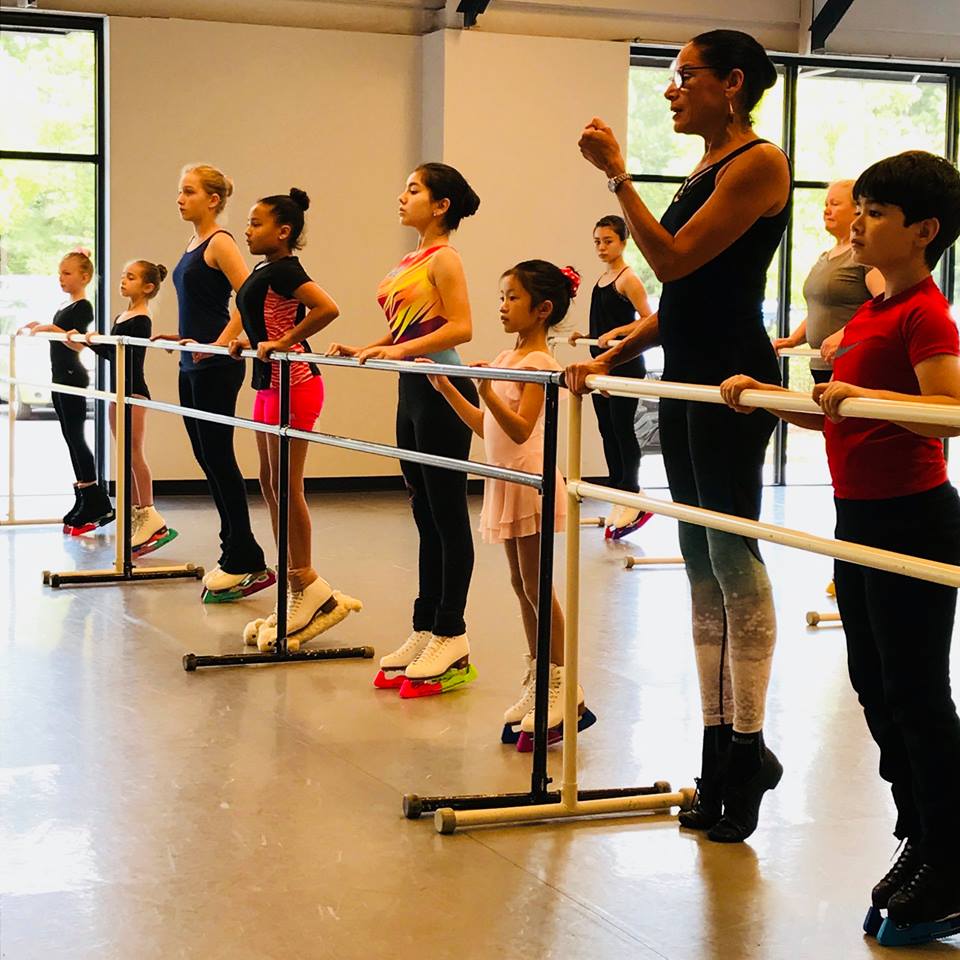
In 2016, Thomas transitioned to solely training teachers and coaches. These days, she leads online courses from her home in Florida. Offerings include a 16-week certification course for dance instructors and figure skating coaches; a certification in Authentic Vaganova Methodology, Levels 0 and 1, in partnership with The Ohio Conservatory of Ballet; and several mini-courses, such as Introduction to Music Theory. Thomas works with participants one on one, meeting weekly to critique homework and go over new material. Before enrolling, educators and coaches must complete a free 20-minute consultation with Thomas to discuss their goals.
Aside from promoting process over product, Thomas says her main focus as an educator is on building the small stabilizer muscles that help dancers and skaters move skillfully and safely.
For her DanceTeacher+ Lesson Plan, she offers a set of exercises to strengthen the stabilizer muscles of the trunk and hips. Excerpted from the Vaganova Level 0 curriculum, these exercises are “responsible for creating a strong foundation,” she says. (For a longer sequence, modeled by professional ice skater and circus artist Angela Kim, click here.) Perform each movement slowly, with care and precision: “I say to my students, ‘Put your mind in your body,’” Thomas says. “Think about why you’re doing what you’re doing.”
Step by Step:
This sequence is adapted from the traditional Vaganova floor exercises. Thomas recommends repeating each exercise four times in order to solidify the mind–body connection. The aim is for “the dancer to focus on feeling the movements in their entirety.” (Note: The demonstrator and all photos below are by Angela Kim.)
Step 1: Begin seated on the floor with hands on waist and legs extended in parallel. Squeeze the legs together and pull up the kneecaps strongly throughout this exercise—no “locking” knees!

Step 2: Collapse the torso, sinking into the hips.
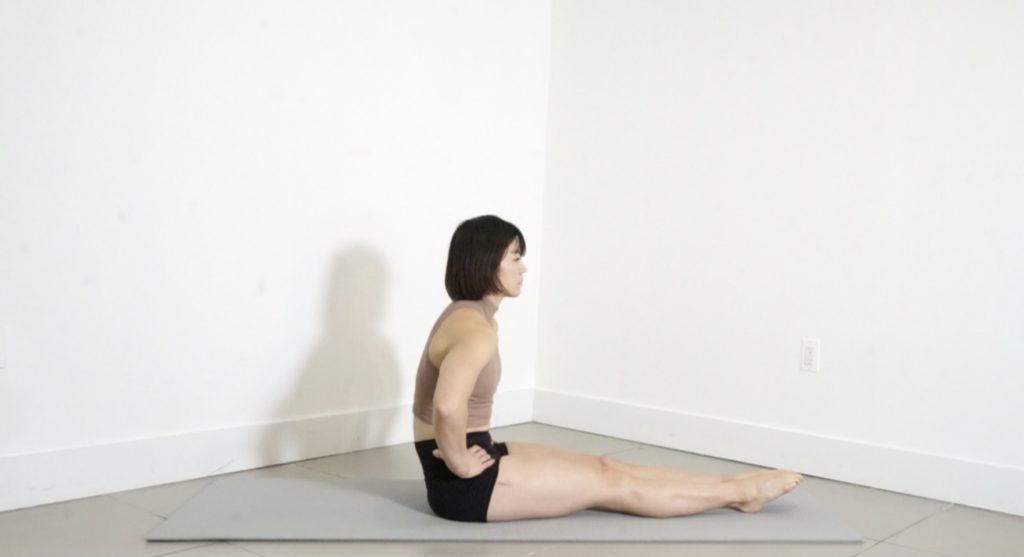
Step 3: Slowly roll up, lifting out of the hips. Build from the lower back to the top of the head until the ears, shoulders and hips are in one line. The goal is to achieve a 90-degree angle, torso to legs. Tip: Use a yardstick along the spine as a template.
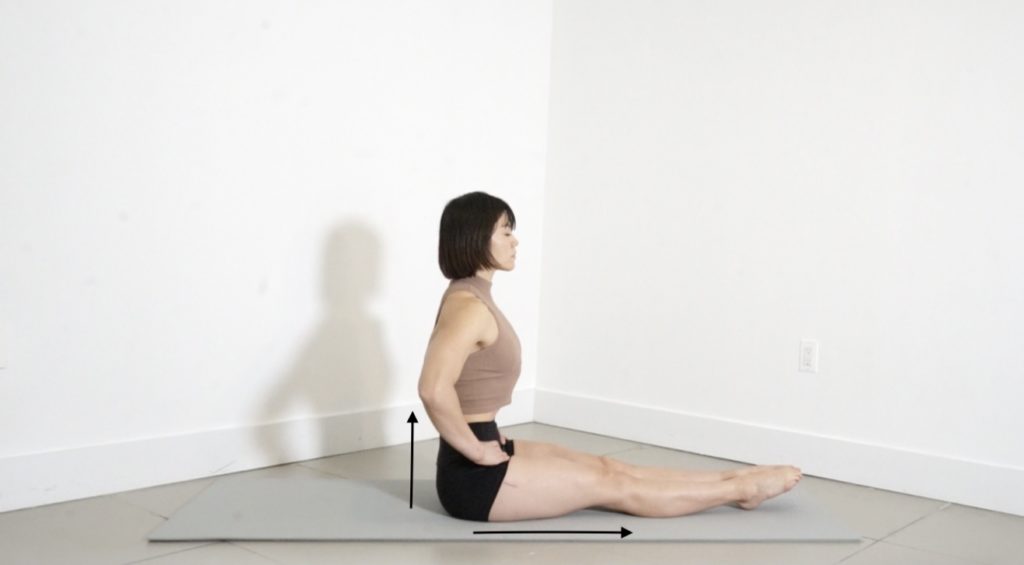
Step 4: Rotate the legs outward from the hips, using the gluteal muscles and deep rotators. Then, slowly raise one leg away from your center without collapsing your spine, chest or shoulders. Keep knees pulled up and feet pointed. Slowly lower and repeat with the other leg.

Step 5: Repeat with feet flexed, keeping kneecaps pulled up. Alternate turning the head and eyes toward and away from the lifted leg.
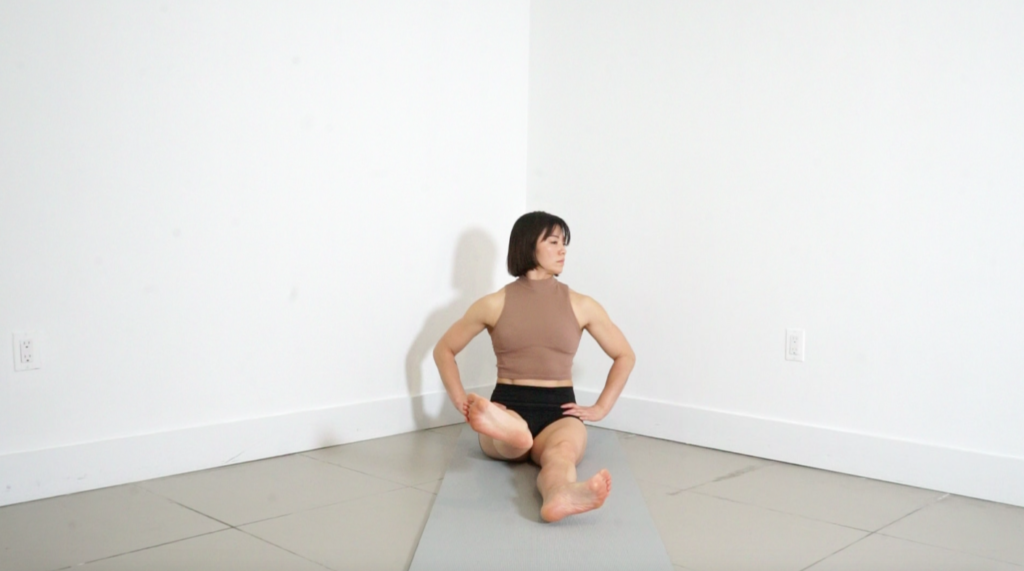
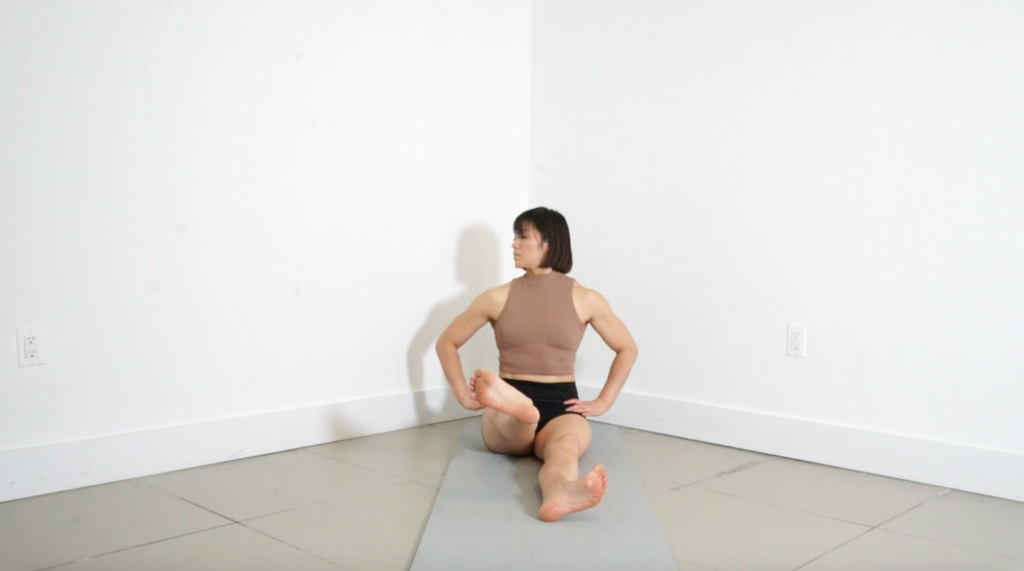
Step 6: Move the arms to second position, maintaining the feeling of “in and up” in the torso. In 4 slow counts, draw one foot up the other leg to mid-calf, lifting the heel off the floor immediately upon beginning the retiré. Keep the torso lifted and the turnout at your maximum.
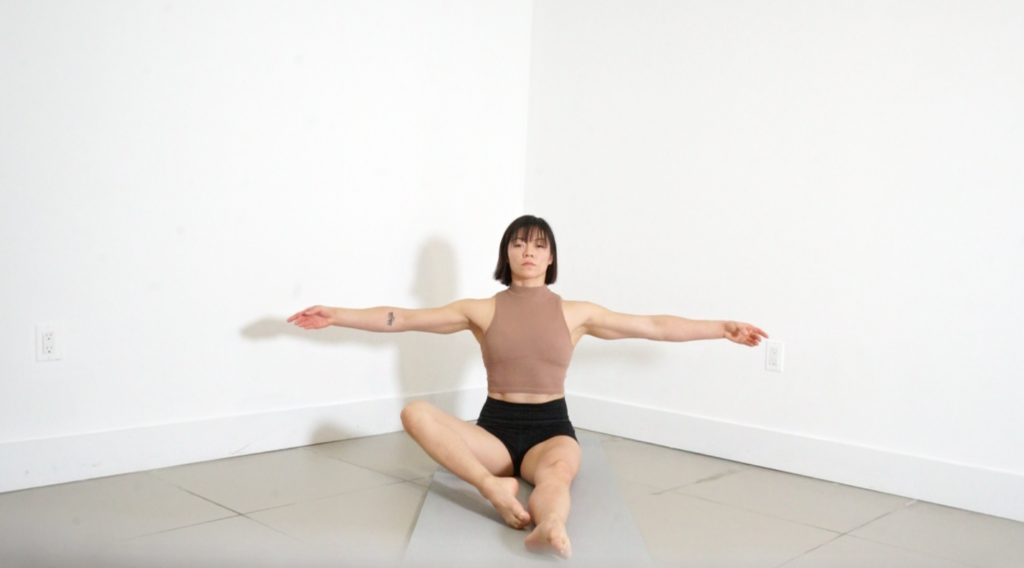
Step 7: Take 4 slow counts to lift the knee to the ceiling, without collapsing the spine. Place the working foot flat on the floor. Then, take 4 slow counts to reopen the retiré leg to turnout and another 4 counts to lower the foot until both legs are straight. Repeat to the other side.

Step 8: Repeat the retiré exercise moving both legs simultaneously. Keep the slow, steady pace and maintain a lifted torso throughout.
